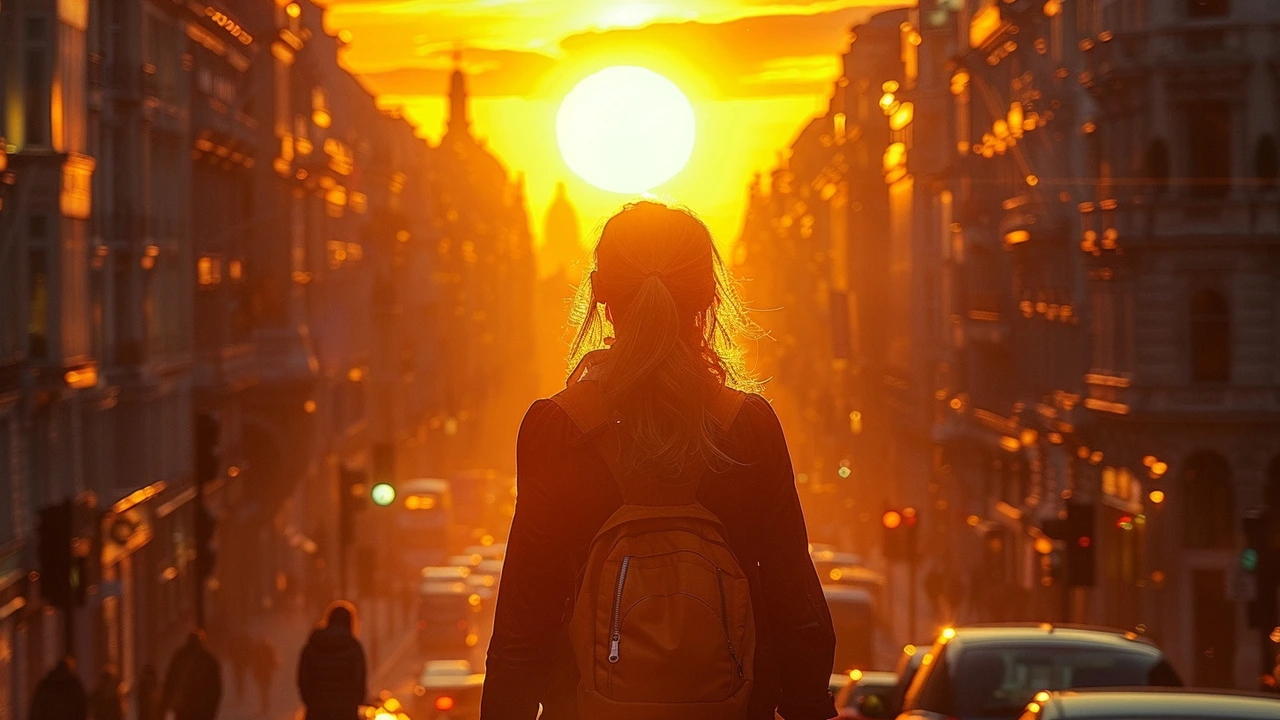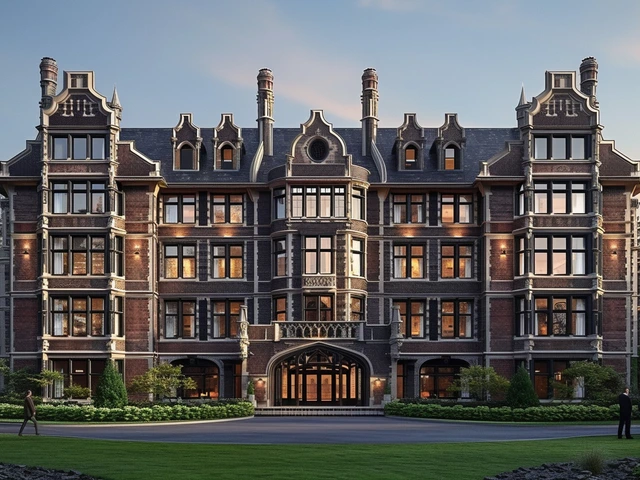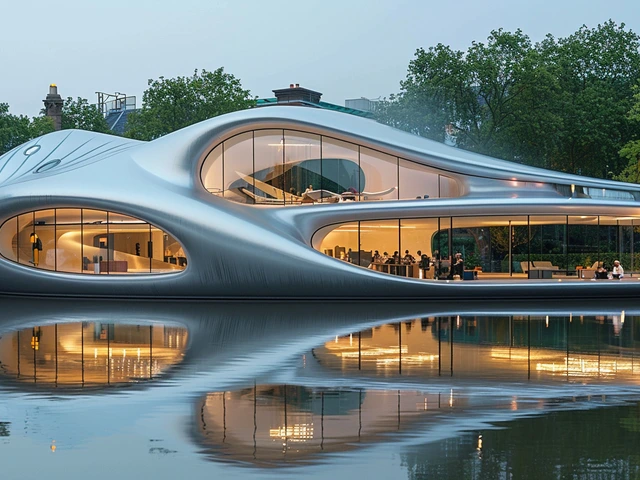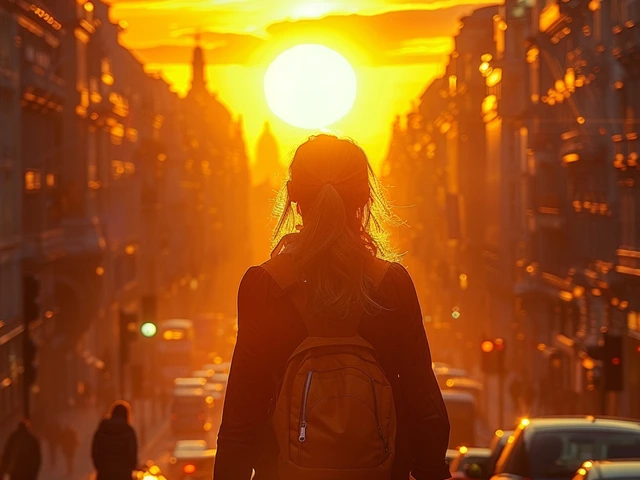Introduction to Baroque Architecture: A Timeless Journey
The globe is dotted with architectural marvels, each telling a story of its era, culture, and the artistic aspirations of the people who built them. Among these, Baroque architecture stands out for its grandiose, detailed, and dramatic aesthetics that emerged in the late 16th century in Italy. It soon spread through Europe and beyond, leaving an indelible mark on the architectural landscape. One can't help but be amazed by the intricate designs, opulent decorations, and the profound sense of movement and emotion evoked by Baroque structures. The more I've explored these buildings with my children, Vivienne and Jasper, the more we've been captivated by the stories they tell and the beauty they behold. Exploring Baroque architecture isn't just about admiring old buildings; it's about travelling back in time and experiencing the grandeur and passion of an era gone by.
Origins and Historical Context of Baroque
The roots of Baroque architecture are deeply entwined with the socio-political and religious upheavals of the 17th century. This period saw the Catholic Church in a fervent campaign to reclaim its influence amidst the Protestant Reformation. Known as the Counter-Reformation, this movement sought to communicate the glory and power of the Church through art and architecture. Architects and artists were commissioned to create awe-inspiring works that would draw the faithful back into the fold. Thus, Baroque architecture was born out of a desire to inspire, astonish, and overwhelm the senses. It was a tool of persuasion and an expression of power, as much as it was an art form.
Defining Characteristics of Baroque Design
Baroque architecture can be identified by its dynamic complexity, contrast, and elaborate decorations. Structures in this style often feature sweeping curves, grandiose scenes, and an overwhelming sense of motion. The facades are typically divided by pilasters, and windows are crowned with heavy molding or pediments, creating a dramatic play of light and shadow. The interiors are just as lavish, with frescoed ceilings, intricate stuccoes, and sprawling marble floors. Centralized plans and domes are common, aimed at creating an impactful spatial experience. An iconic aspect is the use of the oval, both in plan and elevation, which adds to the dynamic and emotive ambiance of Baroque spaces. As we walk through these spaces, it's like being wrapped in a rich, unfolding narrative that appeals to both the mind and the senses.
Iconic Examples of Baroque Architecture
Europe is teeming with exemplary Baroque buildings that have stood the test of time. St. Peter's Basilica in Vatican City, with its magnificent dome designed by Michelangelo, is a quintessential example. The complex yet harmonious design of Versailles Palace in France epitomizes the grandeur of Baroque in both architecture and landscaping. In Spain, the intricate facades of the San Telmo Palace in Seville demonstrate the elaborate decorative approach characteristic of Baroque. The Zwinger in Dresden, Germany, showcases the style's lavishness and eye for detail. Visiting these landmarks is like stepping into a world where every element tells part of an intricate, larger story. Each visit unveils new details and a deeper appreciation for the craft and vision behind these masterpieces.
Influences and Evolution of Baroque Style
Baroque architecture was not static; it evolved and adapted to various cultural contexts. In France, Baroque took on a more restrained and classical interpretation under the influence of principles of order and symmetry. Italian Baroque, in contrast, leaned towards dynamism and theatricality. In Latin America and parts of Asia, missionaries introduced Baroque architecture, blending it with local traditions and materials, resulting in unique hybrid styles such as the Churrigueresque in Mexico. This adaptability and blending of influences highlight the versatility and global appeal of Baroque architecture, illustrating how art and culture can transcend geographical and temporal boundaries to create something new and breathtaking.
Baroque Architects: The Visionaries Behind the Masterpieces
Behind every Baroque edifice is the genius of architects who pushed the boundaries of design. Gian Lorenzo Bernini, not only an architect but also a sculptor and painter, played a pivotal role in shaping Italian Baroque, with works like St. Peter's Square radiating the quintessence of Baroque vitality. Francesco Borromini, another Italian architect, introduced innovative approaches to space, light, and form, as seen in San Carlo alle Quattro Fontane. In France, Louis Le Vau and Jules Hardouin-Mansart contributed to the splendor of Versailles. These architects and many others infused Baroque architecture with their unique visions, leaving behind a legacy that continues to inspire and awe.
Experiencing Baroque Today: A Guide for Art Lovers and Travelers
In today's fast-paced world, taking the time to immerse oneself in the beauty of Baroque architecture can be a profoundly enriching experience. Whether you're wandering the halls of the Palace of Versailles, exploring the intricacies of St. Peter's Basilica, or simply enjoying the Baroque influences in your local area, there are countless ways to appreciate this opulent style. Pay attention to the interplay of light and shadow, the movement inherent in the structures, and the stories behind the art and architecture. There are also numerous virtual tours and high-quality photography books that can serve as gateways to the Baroque world, allowing you to explore its grandeur from anywhere in the world. As I've learned from exploring these marvels with Vivienne and Jasper, every detail holds a story, every curve a secret, inviting us to look closer and see beyond.
Conclusion: The Enduring Legacy of Baroque Architecture
The journey through the world of Baroque architecture is a testament to the power of creative vision and the human desire to express complexity, emotion, and beauty. From its origins as a tool of the Counter-Reformation to its lasting influence on global architecture, Baroque has woven an intricate tapestry of art, history, and culture that continues to captivate us. As we explore these architectural wonders, we don't just see buildings; we experience the stories, dreams, and aspirations of the past. And in doing so, we connect with something larger than ourselves, a reminder of the enduring impact of human creativity and spirit. The grandeur of Baroque architecture, with its blend of drama, detail, and dynamism, invites us to keep looking, learning, and marveling at the world around us, seeing beauty in complexity and understanding the past in new ways.





Leave a Comments